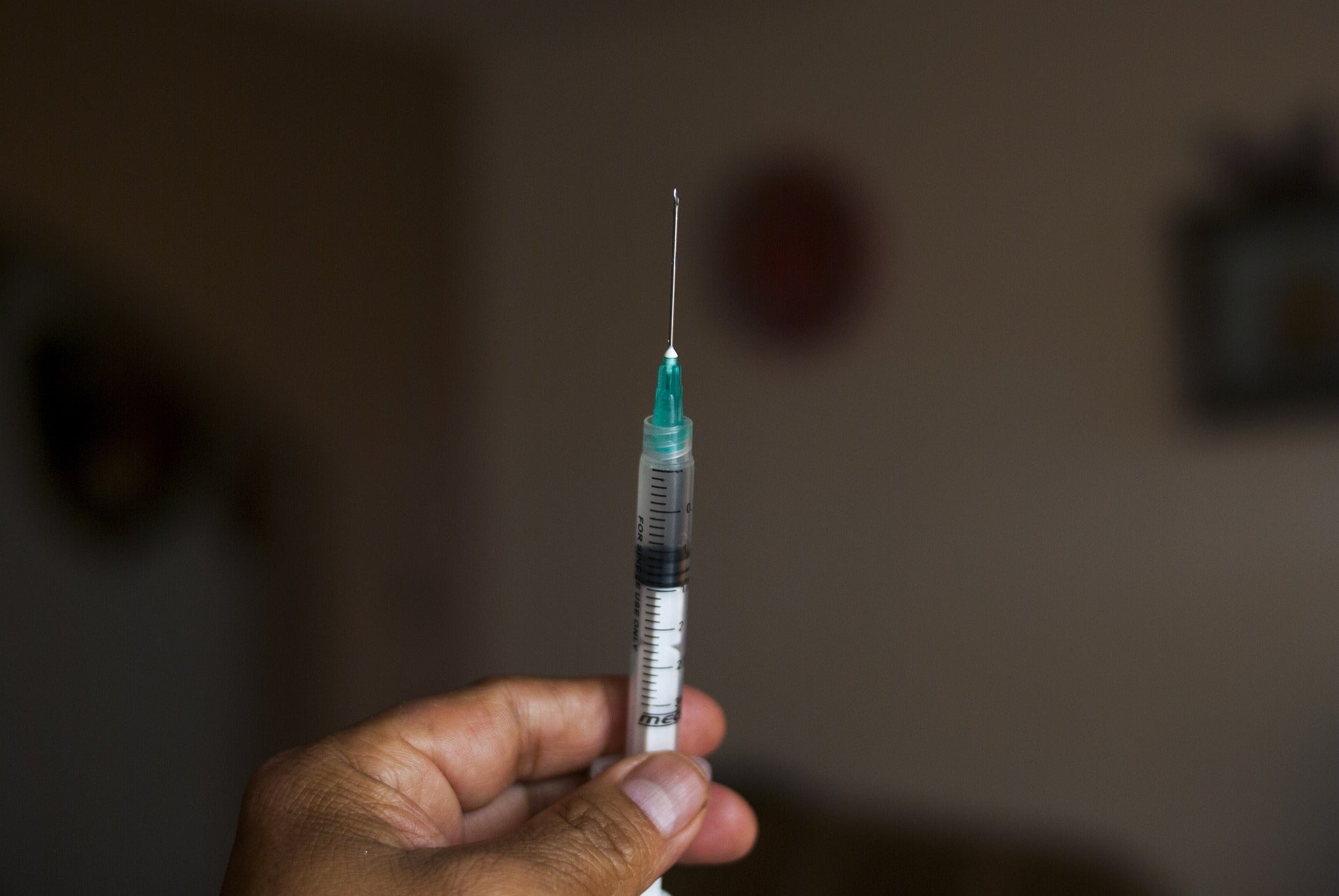
SiteOne Therapeutics has initiated dosing in Phase I study of its experimental intravenous, non-opioid analgesic, ST-2427, for managing moderate to severe pain.
ST-2427 is a highly selective inhibitor of sodium ion channel 1.7 (NaV1.7) that is highly expressed in peripheral nerve fibres. It is established as a target for pain treatment by human genetics.
People who lack this protein cannot experience pain, so by selectively targeting NaV1.7, ST-2427 can potentially prevent the electrical signals responsible for pain from reaching the central nervous system (CNS).
The randomised, double-blind, placebo-controlled, dose-escalation study will assess the safety, tolerability, and pharmacokinetics of ST-2427 in healthy adults.
The trial is currently enrolling participants at AltaSciences in Overland Park, Kansas, US. They will be randomly given a single dose of ST-2427 or placebo.
It will evaluate the effects of the treatment on vital signs, such as cardiac and respiratory function and body temperature over varying doses of ST-2427.

US Tariffs are shifting - will you react or anticipate?
Don’t let policy changes catch you off guard. Stay proactive with real-time data and expert analysis.
By GlobalDataThe safety, tolerability and pharmacokinetics data will be used to detect the doses and study design for Phase II studies in individuals with acute pain.
SiteOne Therapeutics CEO John Mulcahy said: “There is an urgent, unmet need to develop effective non-opioid therapies for pain.
“Our lead compound, ST-2427, addresses that need by targeting the peripheral nerve fibres that conduct pain signals without the potential for CNS side effects, addiction and abuse liability of opioid medications.”
The company recently announced plans to expand its technology platform and clinical development works to include hypersensitivity disorders more broadly in both the peripheral and central nervous systems. Such disorders include chronic cough, neuropathic pain, ocular discomfort, and pruritus.
SiteOne Therapeutics chief development officer Debra Odink said: “SiteOne has discovered exquisitely selective modulators of multiple sodium channel subtypes, and we are now advancing development candidates for a number of indications, starting off by addressing acute pain.”



